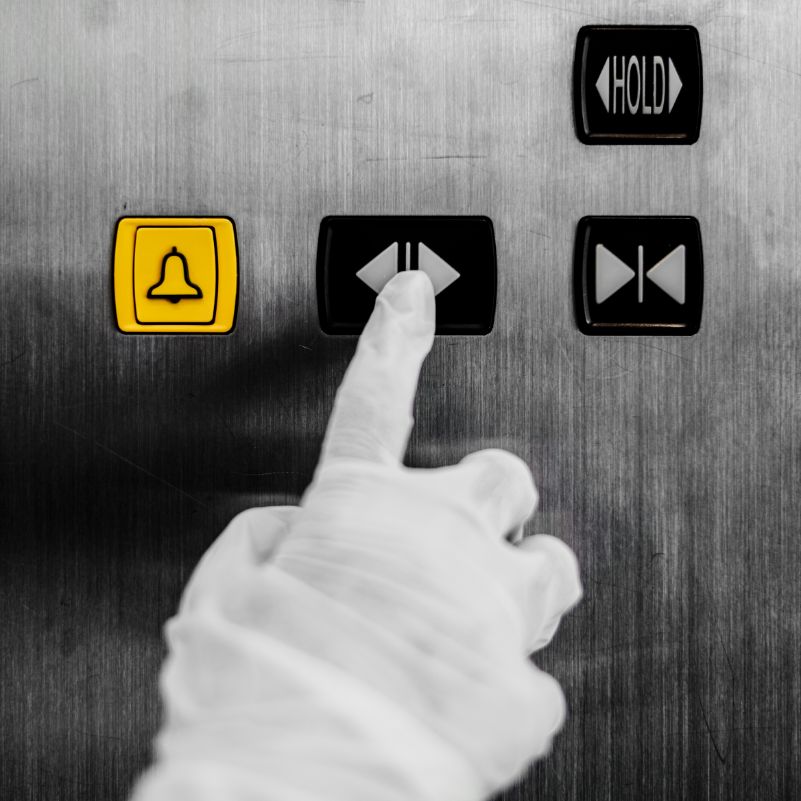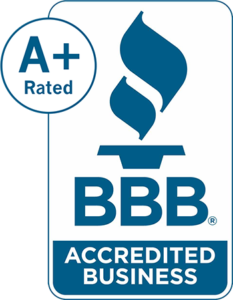Elevators in residential settings offer convenience and accessibility, but ensuring their safety is paramount. When selecting a residential elevator, several key safety considerations should be taken into account to protect occupants and comply with regulations.
Compliance with Safety Standards
The first step in ensuring elevator safety is to choose a model that complies with relevant safety standards and codes. This includes standards set by organizations such as the American Society of Mechanical Engineers (ASME) and local building codes. Elevators that meet these standards are designed and tested to ensure safe operation and emergency procedures.
Safety Features
Modern residential elevators come equipped with various safety features to prevent accidents and protect occupants. These features may include:
- Door Interlocks: Interlocks ensure that elevator doors cannot open unless the car is at the landing, preventing access to the shaft when the elevator is not present.
- Emergency Stop Button: A prominent emergency stop button allows passengers to halt the elevator in case of an emergency or malfunction.
- Overload Sensor: Sensors detect excessive weight in the elevator car and prevent it from moving to avoid overloading.
- Emergency Communication: A communication system, such as an intercom or phone, allows passengers to communicate with help in case of an emergency.
- Battery Backup: In the event of a power outage, battery backup ensures that the elevator can safely return to the nearest landing and allow passengers to exit.
- Safety Sensors: Sensors detect obstructions in the door path or shaft and prevent the elevator from operating if an obstacle is detected.
Accessibility Considerations
For homes with elderly residents or individuals with mobility challenges, accessibility features are crucial. Considerations include:
- Wheelchair Accessibility: Ensuring the elevator car is spacious enough to accommodate a wheelchair and that controls are easily reachable.
- Handrail and Grab Bars: Installing handrails or grab bars inside the elevator for added stability and support.
- Non-Slip Flooring: Using non-slip flooring materials inside the elevator to prevent slips and falls.
Regular Maintenance and Inspections
Once the elevator is installed, regular maintenance and inspections are essential for ongoing safety. This includes:
- Scheduled Maintenance: Following manufacturer-recommended maintenance schedules to keep the elevator in optimal condition.
- Inspections: Periodic inspections by certified professionals to check for wear and tear, proper functioning of safety features, and compliance with regulations.
- User Education: Educating residents on proper elevator use, emergency procedures, and safety guidelines.
Selecting a residential elevator involves careful consideration of safety features, compliance with standards, accessibility needs, and ongoing maintenance. By prioritizing safety considerations during the selection process and ensuring proper installation and maintenance, homeowners can enjoy the convenience of a residential elevator with peace of mind regarding safety.
Exclusive Elevator can help you find the one that’s right for your needs. We help you plan your layout, customize your design, and professionally install an elevator that works for you. Contact us.






Leave A Comment